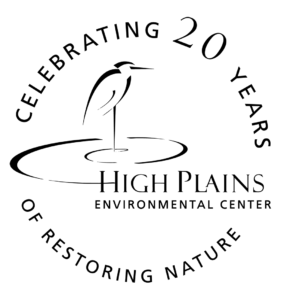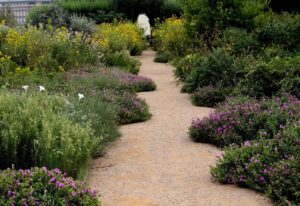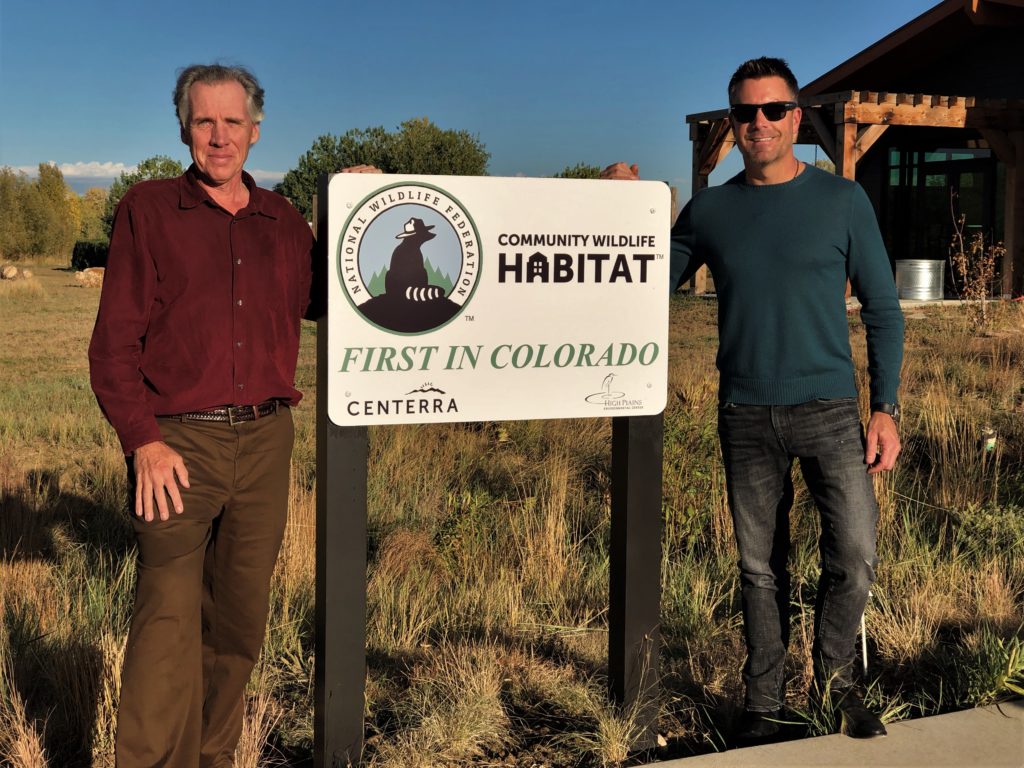
High Plains Environmental Center
2698 Bluestem Willow Drive
Loveland, CO 80538
720-427-6424
Interview with Jim Tolstrup, Executive Director
Why was HPEC created?
We started 21 years ago, in 2007. When McWhinney, the developer of Centerra, a 3,000-acre master-planned community, in Loveland, brought their plans to the city’s planning department. The city required that the development include 20% open space at buildout. McWhinney hired an ecological consultant to evaluate the wildlife habitat on the property. This resulted in recommendations for setbacks surrounding two irrigation reservoirs, and a plan evolved to create a non-profit (501c3) to be the owner of this habitat zone. To fund the long-term restoration and management of the land, a fund was created by assessing a fee on construction projects in the surrounding area, collected by the city when building permits are issued. That’s how the High Plains Environmental Center (HPEC) got started. Today, the center is comprised of 76 acres of land and 3.5 miles of trails that surround two lakes. A separate lease agreement gives HPEC full control of an additional 199 acres of the lake surface, making HPEC a 275-acre open space.

What are some unique features of HPEC?

HPEC is focused on shifting the mindset of landscape architects and community designers, as well as the people who live in these places, to see the many advantages of restoring and incorporating native ecosystems within planned communities. For example, we have a nursery as part of HPEC that propagates more than 150 species of native plants, and we make these available to the public to purchase and use in their home landscapes. Our center includes extensive demonstration gardens that showcase native plants, including over 50 native shrubs, so that people can see how these plants grow and thrive, while benefiting wildlife. With our management of the open space and wetland areas, we have seen a significant increase in the wildlife and that success has led the National Wildlife Federation designating Centerra as the first “Wildlife Habitat Community” in Colorado. This distinction has been leveraged by the developer with advertising slogans such as “Certified Wild” and “Nature in your backyard.”
What benefits have arisen because of HPEC’s efforts?
From the developer’s perspective, there are definite marketing benefits. For example, restoring and preserving wildlife habitat and favoring native plants over traditional landscape plants has a strong appeal to a growing number of homeowners. People often tell us they moved to this community because of the access to nature, and because of us. From a landscape resilience perspective, our native plant usage not only attracts more wildlife and pollinators, but the natives require less water and can better survive drought conditions. For homeowners, there are real cost saving benefits from using less water.

Looking ahead, what does HPEC hope to accomplish?
I think one of our most important goals is to use what we’ve already accomplished to help community planners, landscape designers, and others to see how ecological restoration can work in today’s landscapes. We want to create landscapes, open spaces, and habitats that provide ecological function, rather than the heavily water and manicured landscapes that we’ve become accustomed to. Our goal is to contribute to the development of a distinct “Colorado Style” of landscaping, that celebrates the unique attributes of our region. We believe that embracing our natural ecosystem can solve a lot of our current problems, from drought impacts to insect infestations. We want to see more applications of our model that preserves native biodiversity within development. It’s a win-win situation for everyone including homeowners, developers, wildlife, and the younger generation who may benefit from the resilient communities that we build now.









